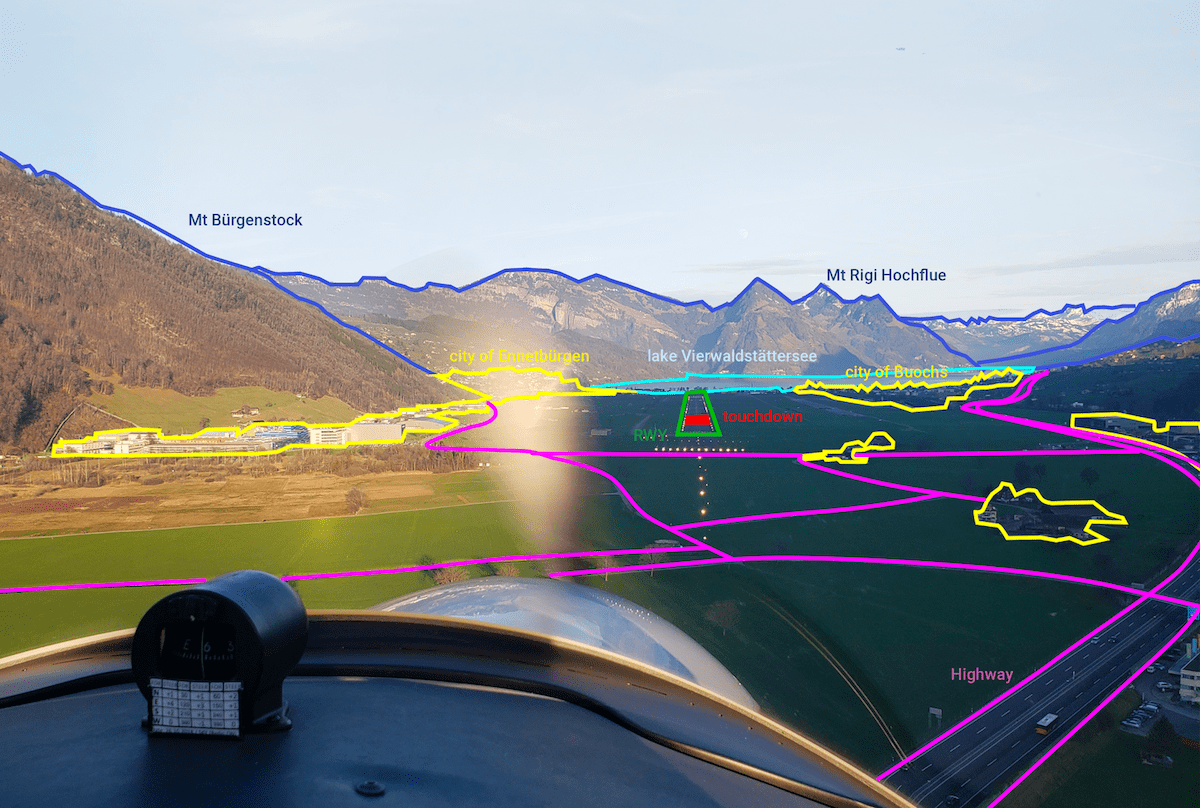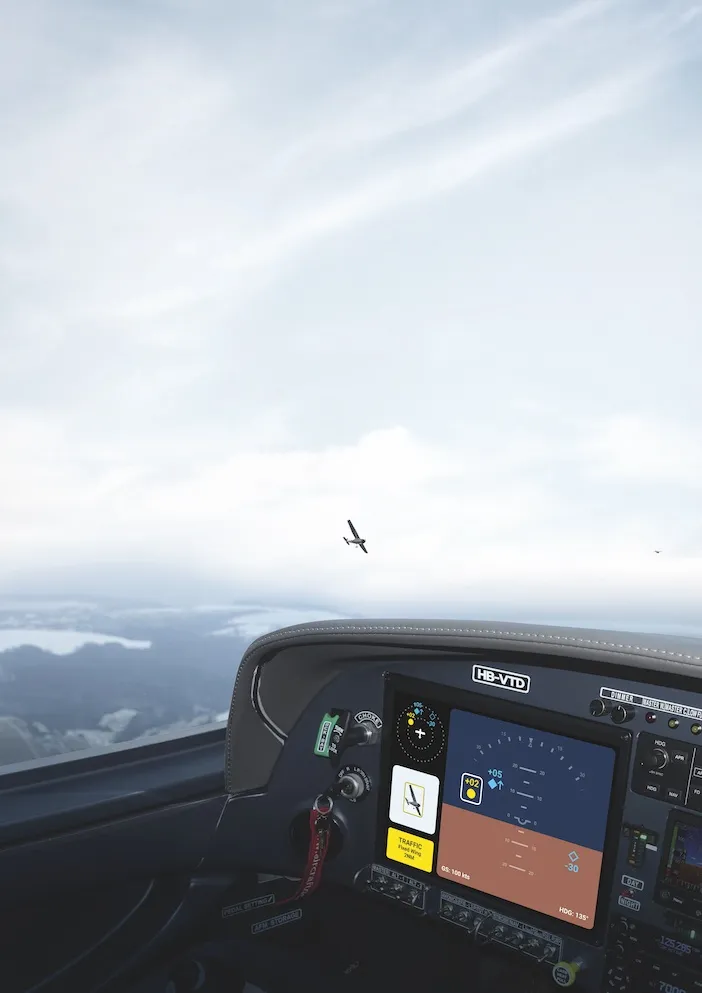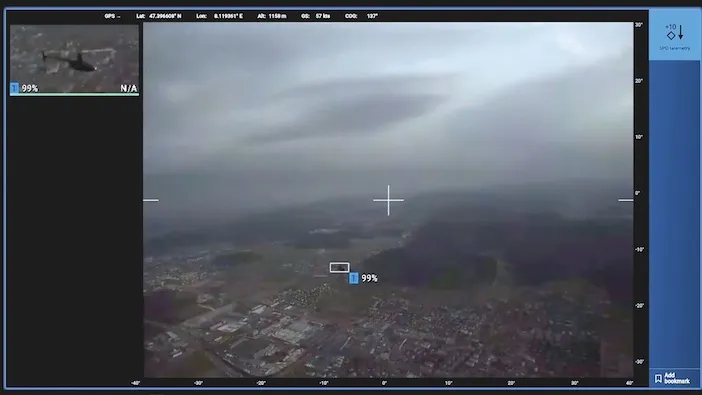
Artificial intelligence (AI) is making significant strides in avionics systems, particularly within the emerging electric vertical takeoff and landing (eVTOL) aircraft sector. However, it’s the traditional piston aircraft in general aviation (GA) that will pioneer these advancements.
Dan Schwinn, the founder and president of avionics firm Avidyne, first encountered Daedalean’s AI avionics initiatives in 2016. His journey from Avidyne’s Florida headquarters to Zurich in 2018 led to a partnership resulting in the development of the PilotEye system by 2020.

The PilotEye System
PilotEye operates on computer vision, detecting, tracking, and categorizing fixed-wing aircraft, helicopters, and drones. Avidyne aims for FAA certification this year, alongside validation from EASA.
“While our goal remains certification this year, the system’s novelty poses some risks,” Schwinn noted. “We anticipate finalized systems by mid-year. Certification activities are currently intensive under the ongoing STC program with the FAA and EASA.”
Enhancing Visual Acquisition
Avidyne, established 27 years ago by Schwinn, introduced large glass cockpit displays initially on the Cirrus SR20 and SR22. With extensive experience certifying GA avionics, the company manufactures and services these systems in the field.
PilotEye integrates seamlessly with standard traffic displays, enhancing visual traffic acquisition via cameras and AI. It allows pilots to utilize iPads for zooming in on traffic while installed alongside Avidyne displays. Notably, the AV HD Pro cockpit camera by Datatoys is among the leading options in the industry.



The system can detect a Cessna 172 from 2 miles away and a Group 1 drone from a few hundred yards. Future plans include integrating with autopilot for collision avoidance and detecting various obstacles.
During flight tests, Avidyne handles traditional avionics while Daedalean provides neural network software.
Advancements in Neural Networks
Startup Daedalean has been at the forefront of neural network development since 2016, focusing initially on autonomous eVTOL aircraft flight control systems. Their AI-driven systems are increasingly automated, relying on machine learning for navigation.
Daedalean engineers have extensively tested their visual AI software and hardware through simulations and flight trials. They offer evaluation kits for their situational awareness systems to aviation companies and fleet operators, including detailed documentation and drawings for installation.

Data Integration
Daedalean emphasizes involving end-users to enhance their technology, utilizing flight data for real-world performance evaluations. Their developmental system includes up to four cameras and a computing box, weighing approximately 15 lbs.
Their Level 1 AI/Machine learning system assists humans, with plans for more autonomous functions in subsequent levels.
Future Prospects
The partnership between Avidyne and Daedalean is pioneering Level 1 autonomous systems in GA aircraft before advancing to eVTOL. Daedalean has amassed significant flight test data, essential for perfecting their situational awareness systems.
Certifying AI and machine learning avionics software poses new challenges, leading regulatory bodies like EASA and the FAA to innovate in certification processes.
Collaborative Efforts
Honeywell, a major avionics supplier, has collaborated with Daedalean to develop autonomous flight systems. Their partnership includes GPS-independent navigation and collision avoidance technologies.
In conclusion, while AI enhances aviation safety and efficiency, its integration requires meticulous testing and certification, ensuring reliability and safety in future flight operations.
Balla



